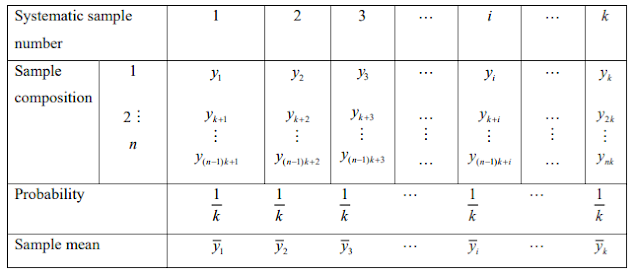Introduction to Life Tables

Introduction to Life Tables Definition : A life table is a statistical tool used in demography and actuarial science to summarize mortality patterns in a population. Purpose : i) Provides a snapshot of mortality conditions. ii) Helps in estimating survival probabilities for different age groups. iii) Essential for demographic studies, insurance, and public health planning. Types of Life Tables There are two common types of life table: 1. Complete or Simple and 2. Abridged life table. In complete life table age interval is a year where as in abridge life table age interval is more than one year i.e. five or ten years (e.g., 0-1, 1-5, 5-10, etc.). A life table starts with convenient cohort (a group of persons all born at the same time) size like 100000 or 1000 known as radix. (base population) . The record of life table starts at the birth of each member and continues till all have d...


